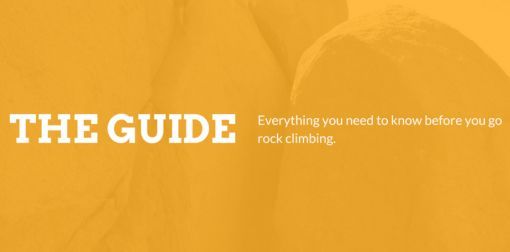Climbing Made Easy
Overcoming Fears and Starting Your Rock Climbing Journey
QUICK NAVIGATION
Your Guide to Getting Started
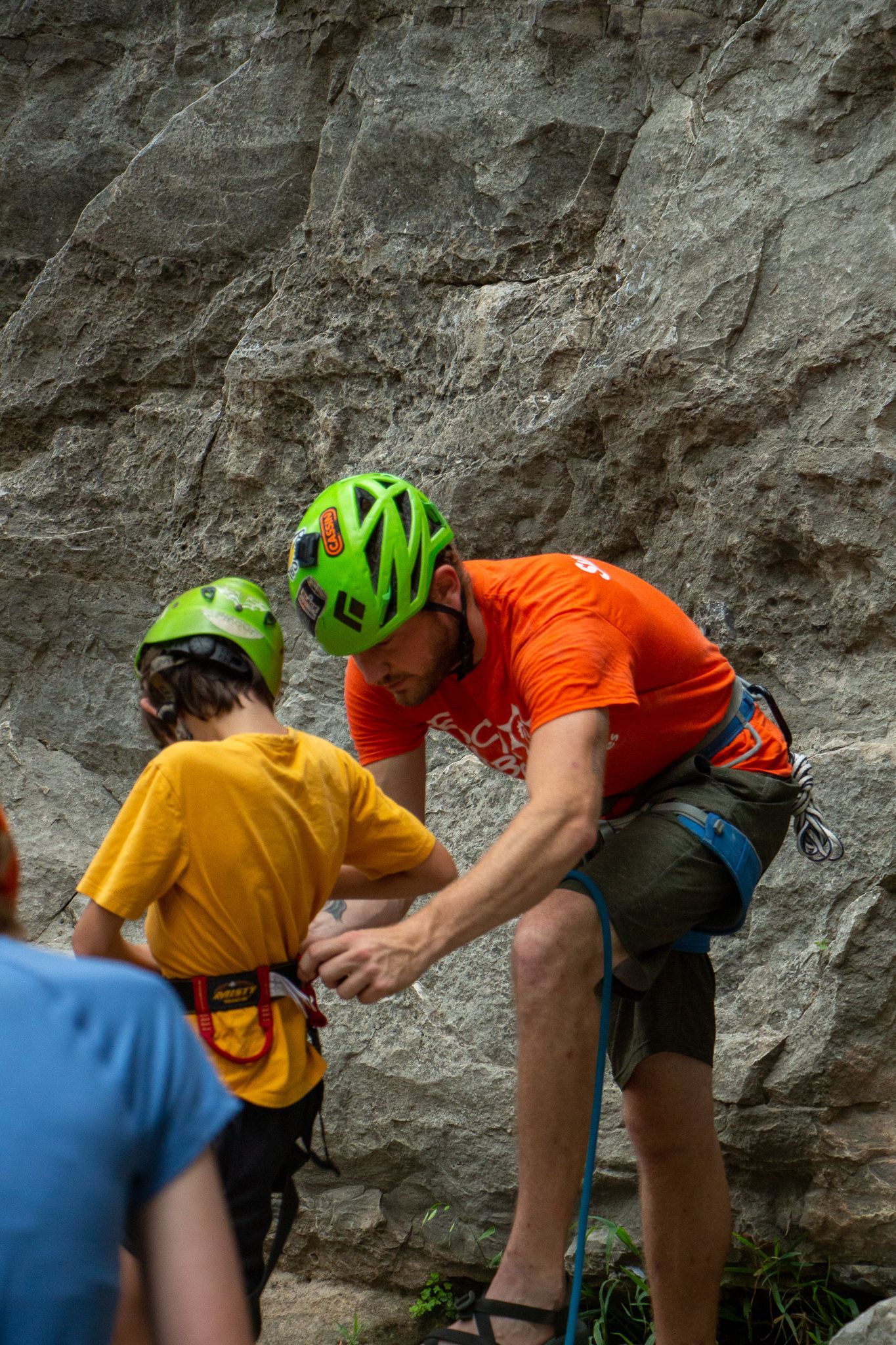
Let's Explore!
Different Types of Climbing
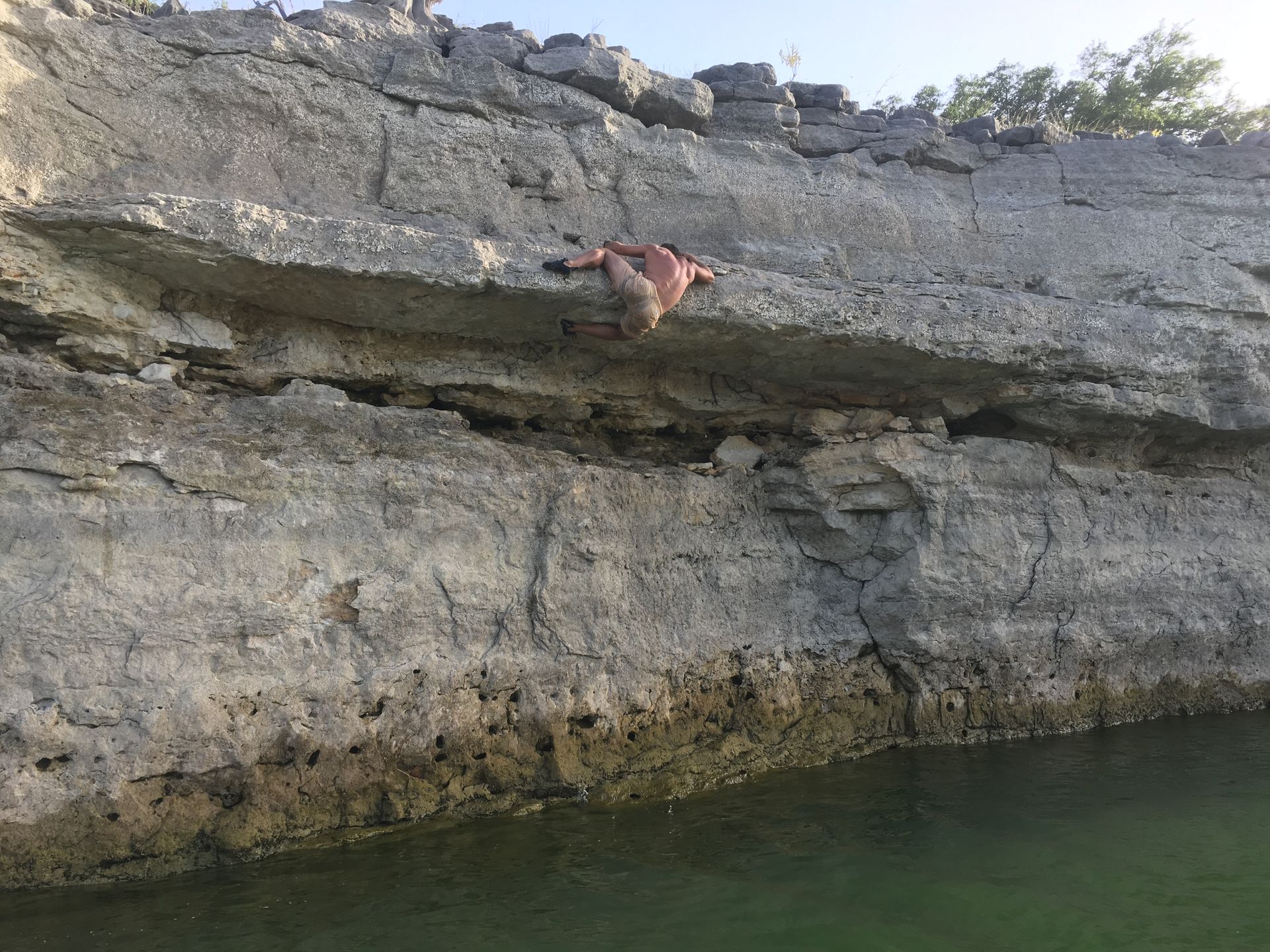
Bouldering
This is rope-free climbing on short, powerful routes that challenge your strength and skills. Climbers use crash pads for protection and depend on a spotter for safety, offering a way to test your limits with minimal gear.
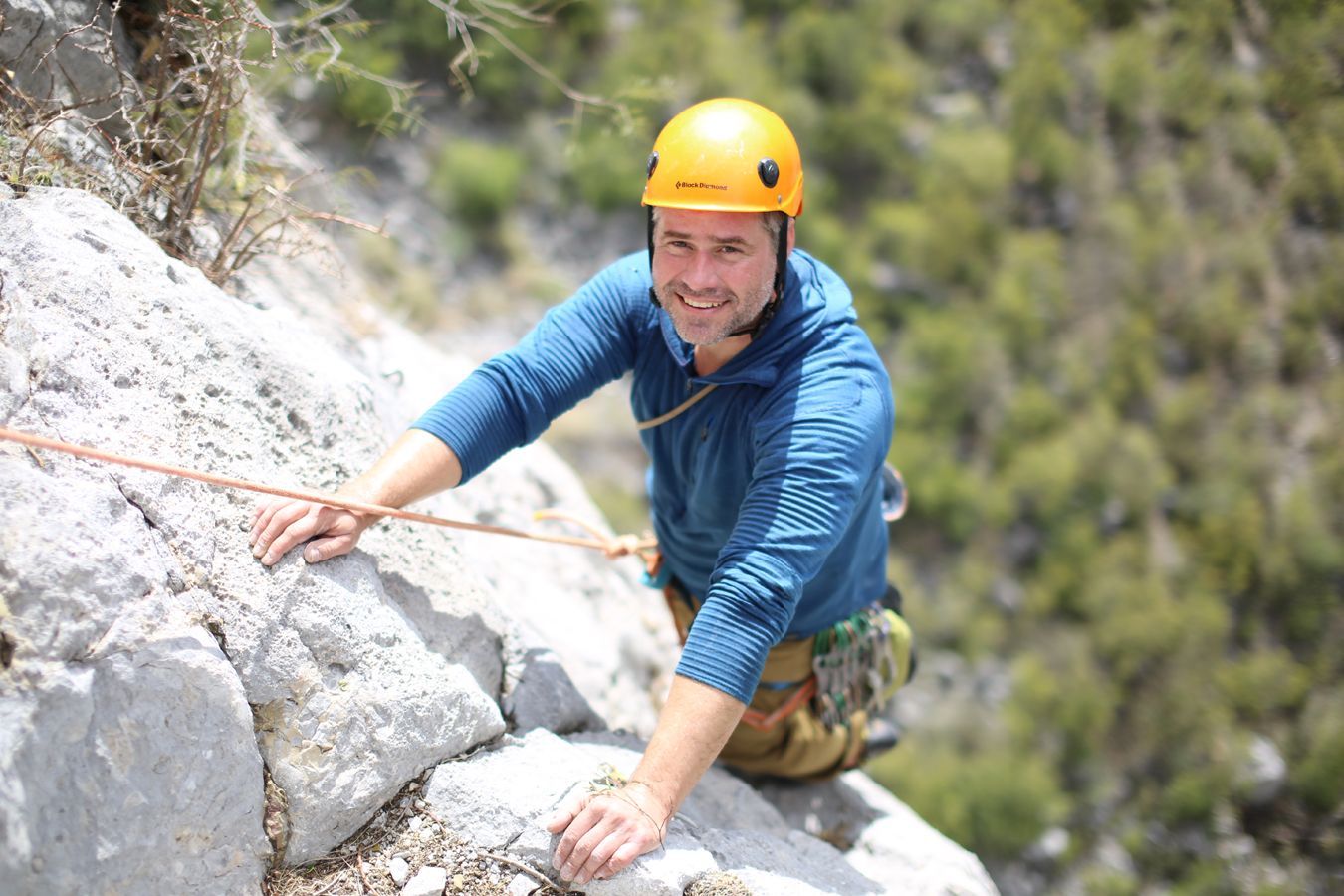
Free Soloing
A highly dangerous form of climbing that involves scaling massive walls without any rope or protection. Only experienced climbers should attempt it due to the enormous risks involved, making it unsuitable for beginners.
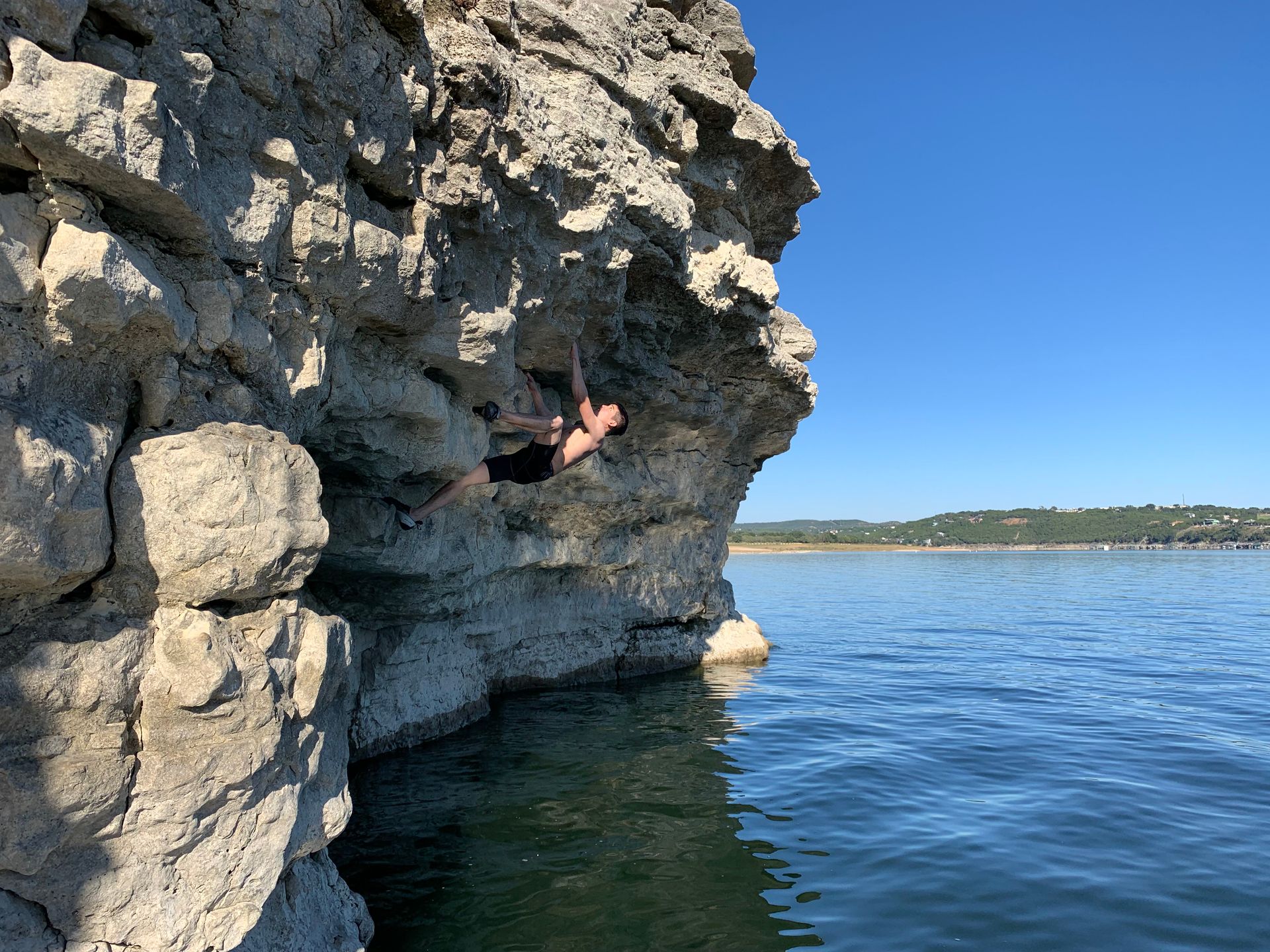
Deep Water Soloing
A thrilling variation of free soloing, you climb above water, landing safely if you fall. It combines the excitement of rope-free climbing with a soft landing. We’re excited to offer this unique experience!
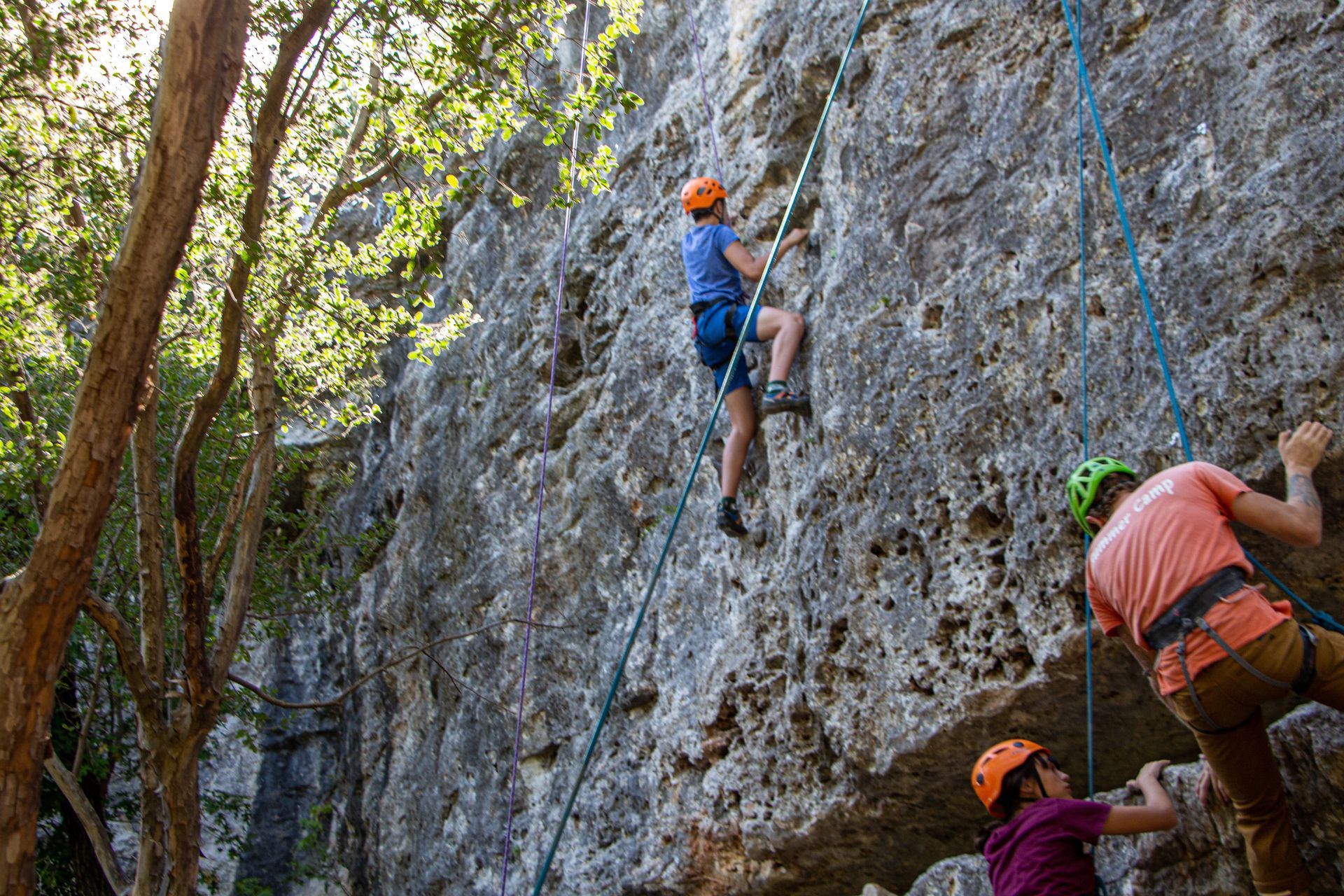
Roped Climbing
Rope climbing taller walls offers more security than bouldering, which relies on pads. It requires additional safety gear and a belay partner, making it the most common outdoor climbing type.
Let's Discover!
Climbing Techniques & Methods
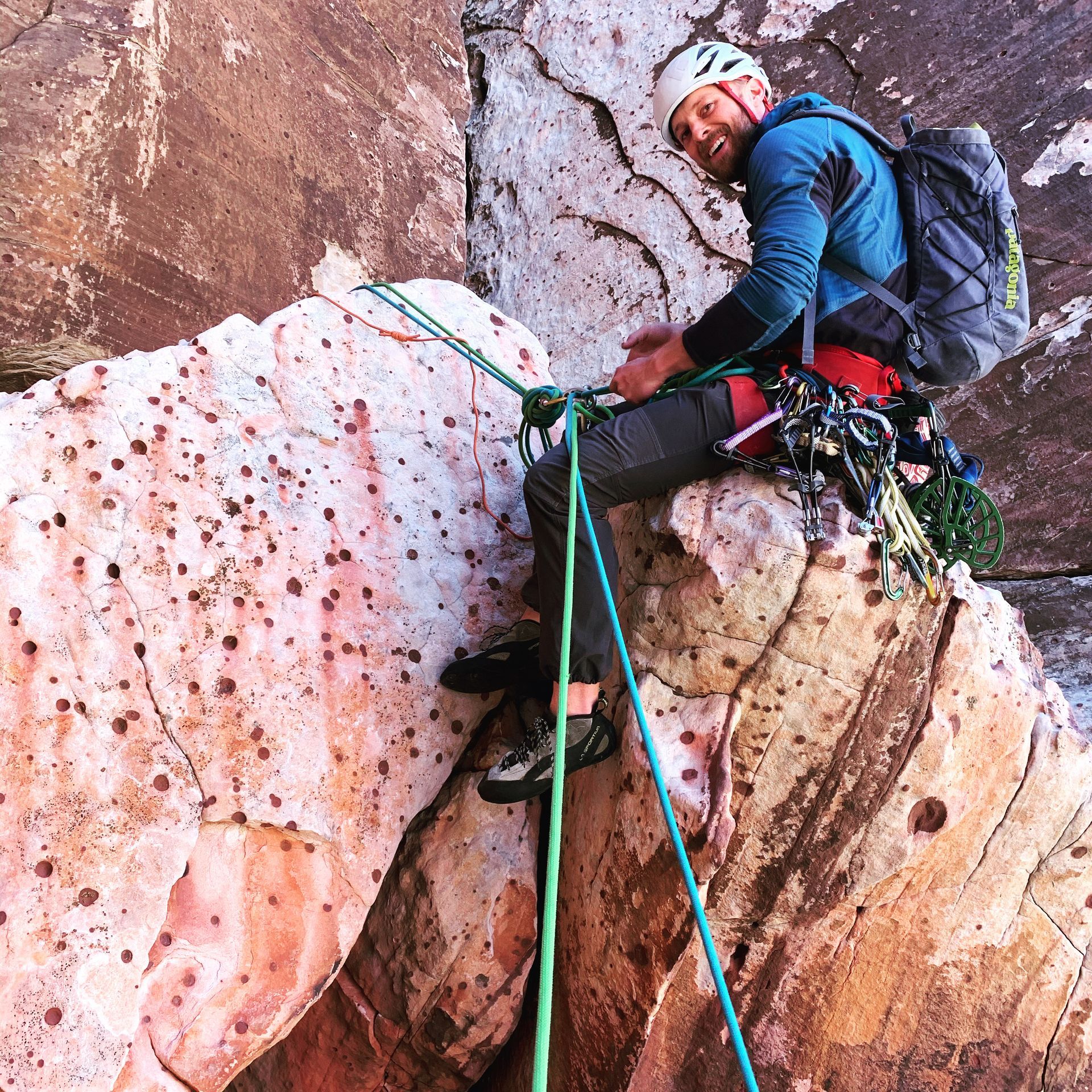
Top Rope
The safest climbing method, where the rope is anchored at the top of the route. This setup is perfect for beginners, offering both security and confidence while scaling a wall. The belayer controls the rope from the ground.
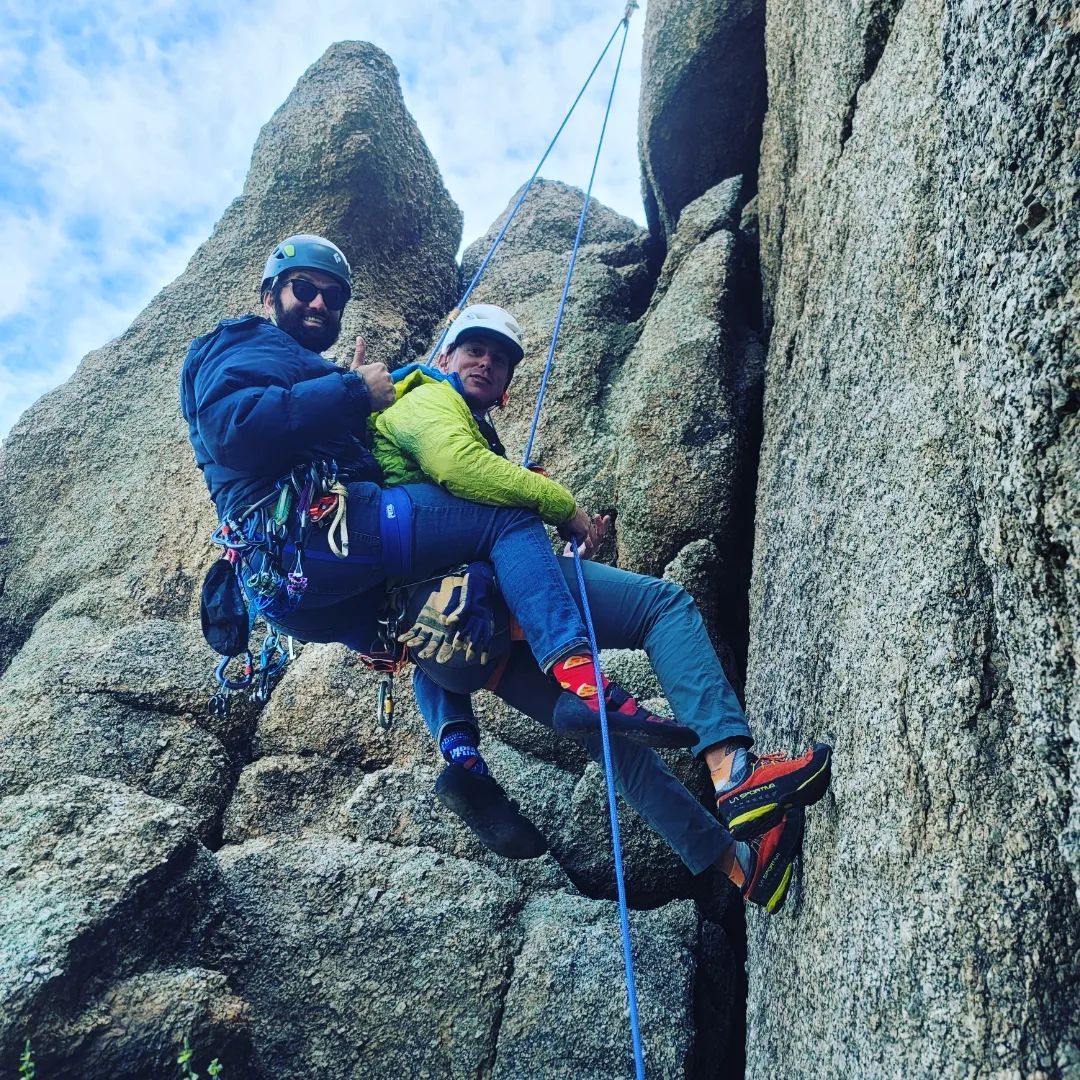
Sport Climbing
This climbing type requires setting your own protection. Climbers use quickdraws to attach the rope to bolts in the rock. Lead climbing is included, where climbers establish protection along the route first.
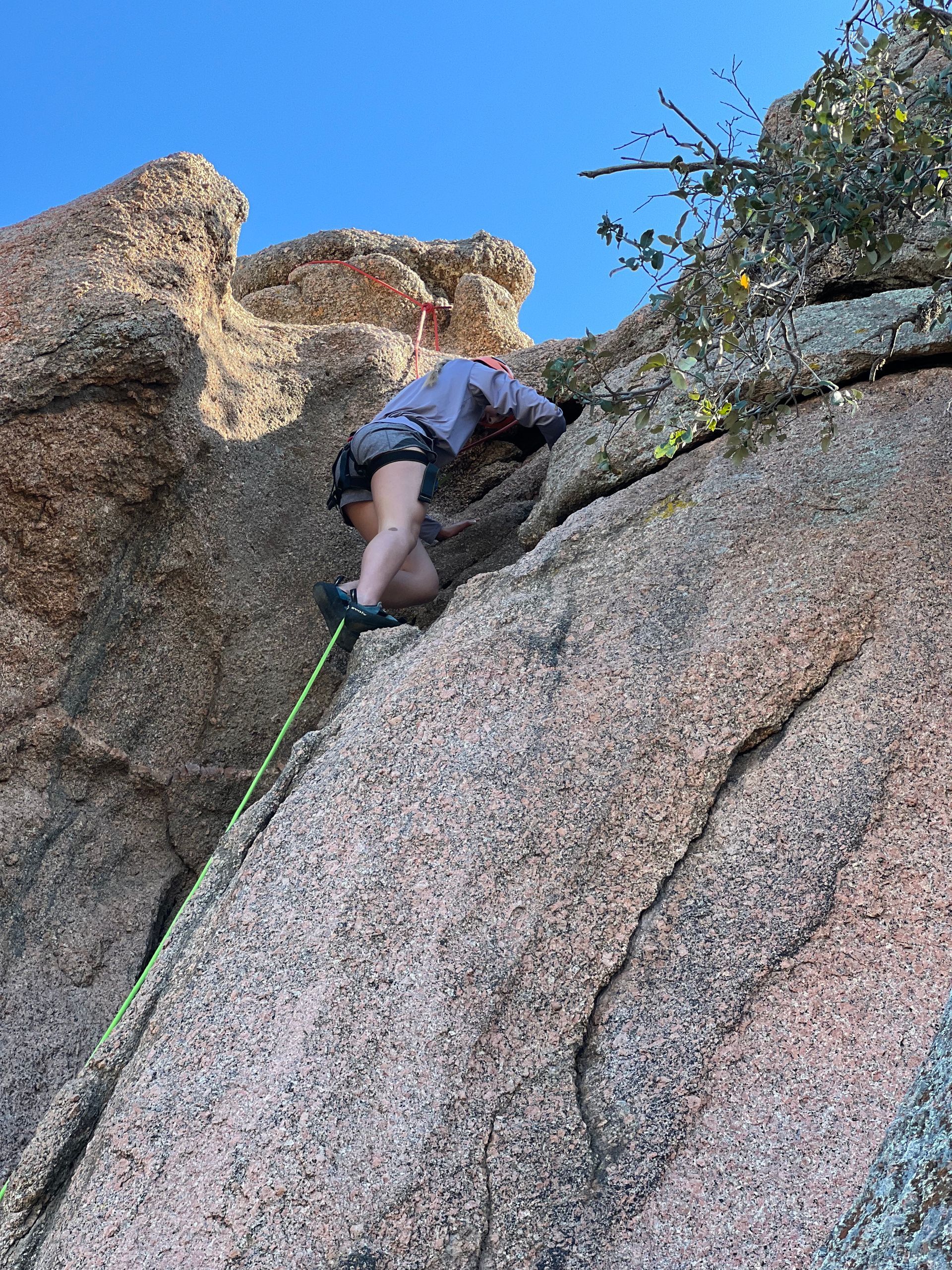
Traditional Climbing
Lead climbing without fixed bolts requires climbers to place their own protective gear, like cams and nuts, in rock features. This method demands greater skill and knowledge, as proper placement is crucial for safety.
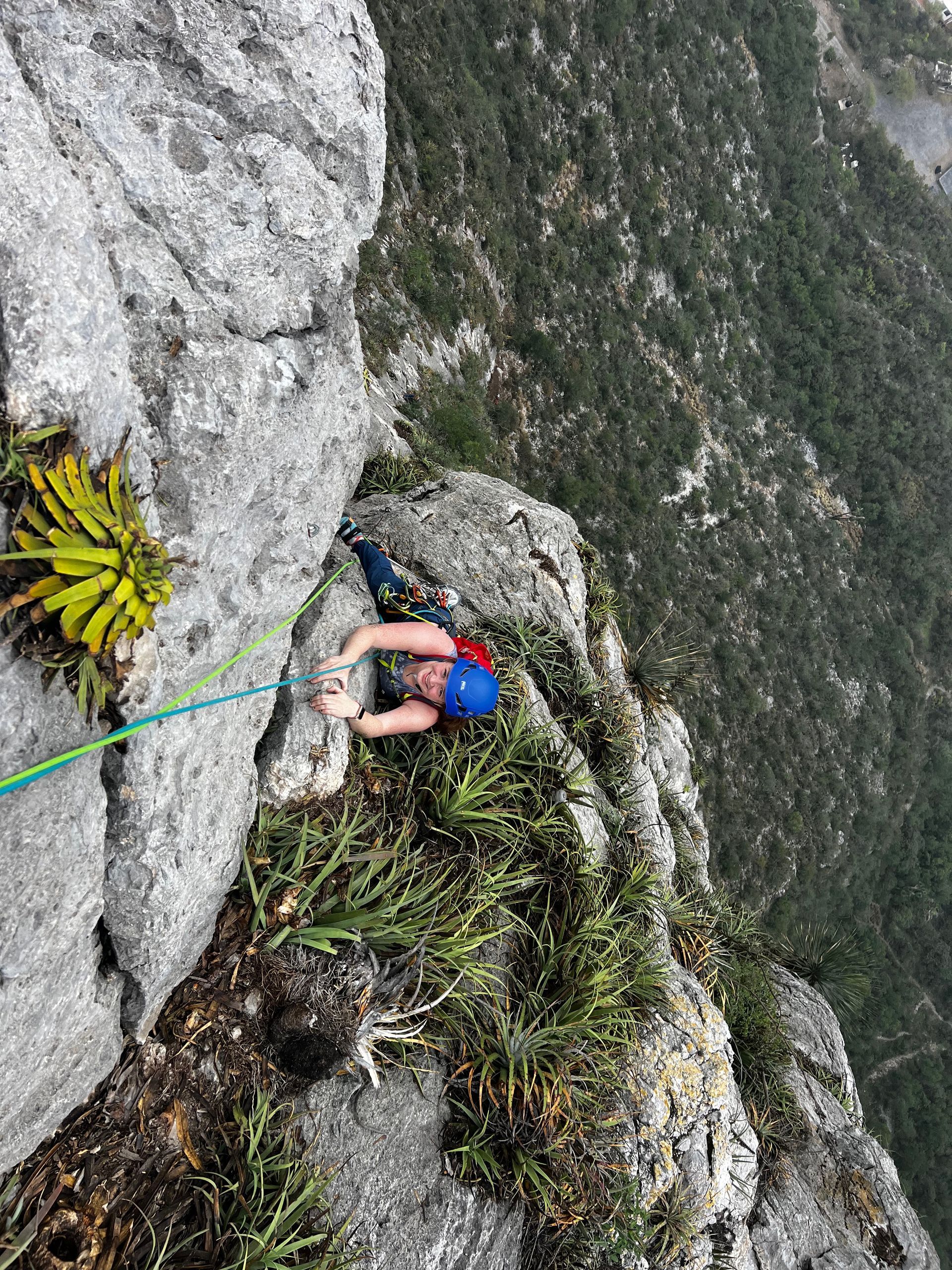
Aid Climbing
This method employs gear for protection and climbing aid. Beginners may use quickdraws, while advanced climbers prefer specialized equipment like etriers, jumars, and pitons. It requires creative gear placement.
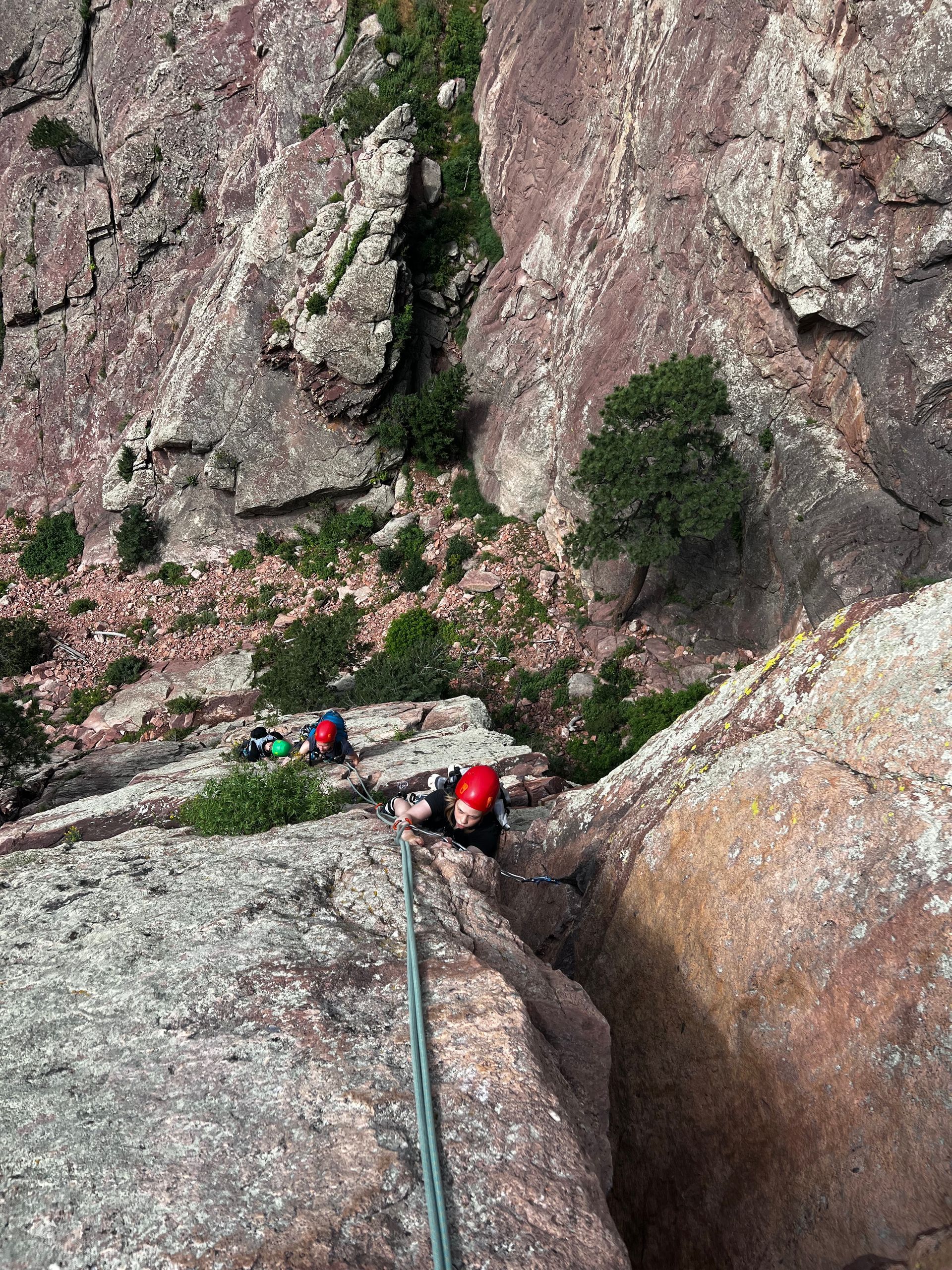
Rope-Soloing
This is a high-level technique where climbers use a rope without a partner to arrest a fall. It involves complex self-belaying systems and is only for advanced climbers who are experienced enough to handle the risks involved.
Effortless Climbing
Which Gear Do You Need?
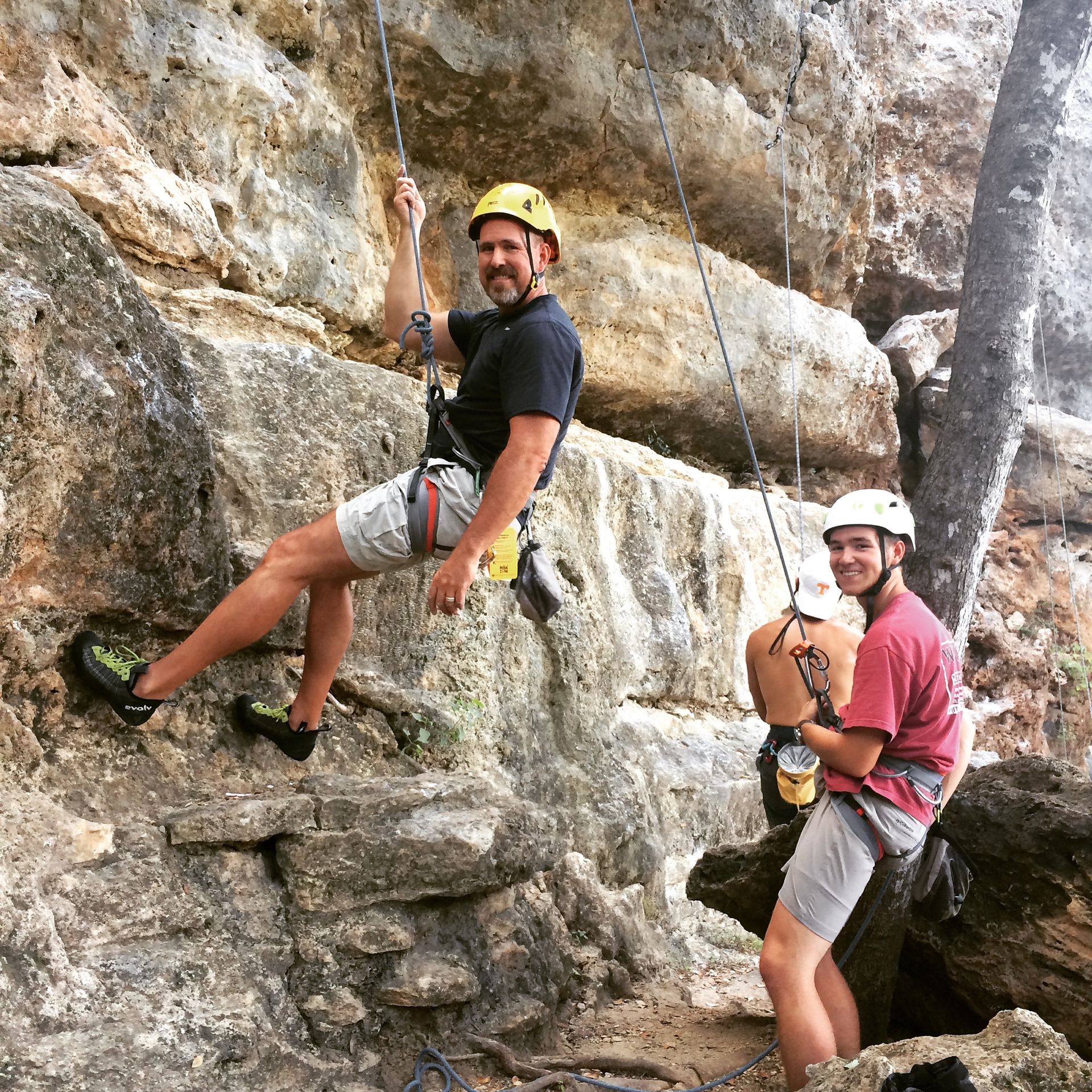
Shoes

Harnesses
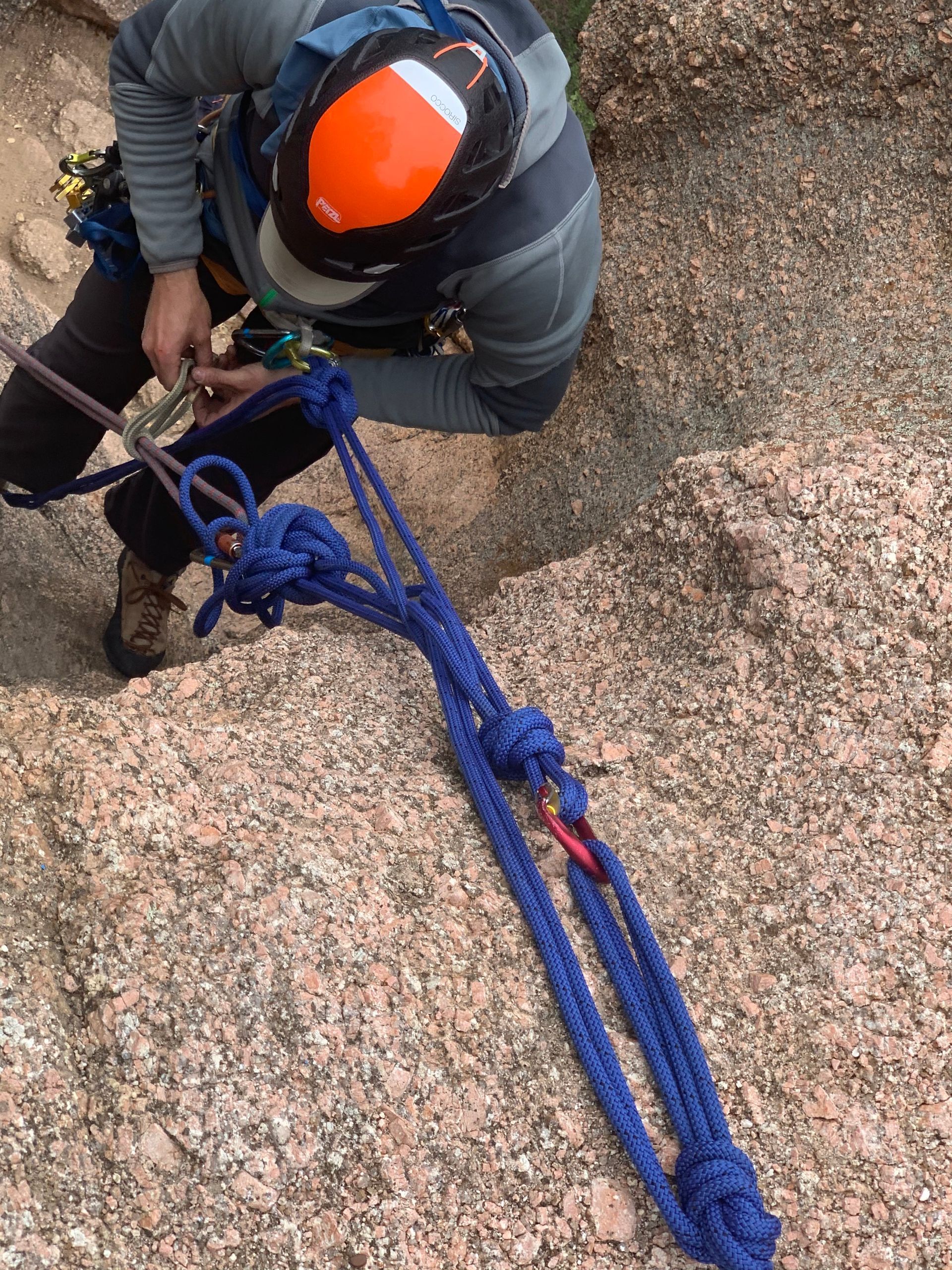
Ropes
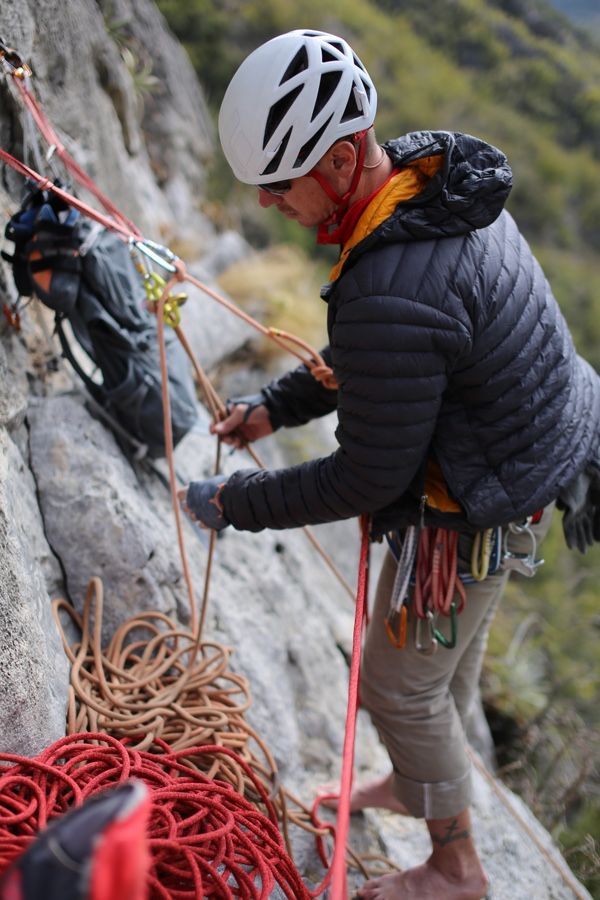
Quickdraws
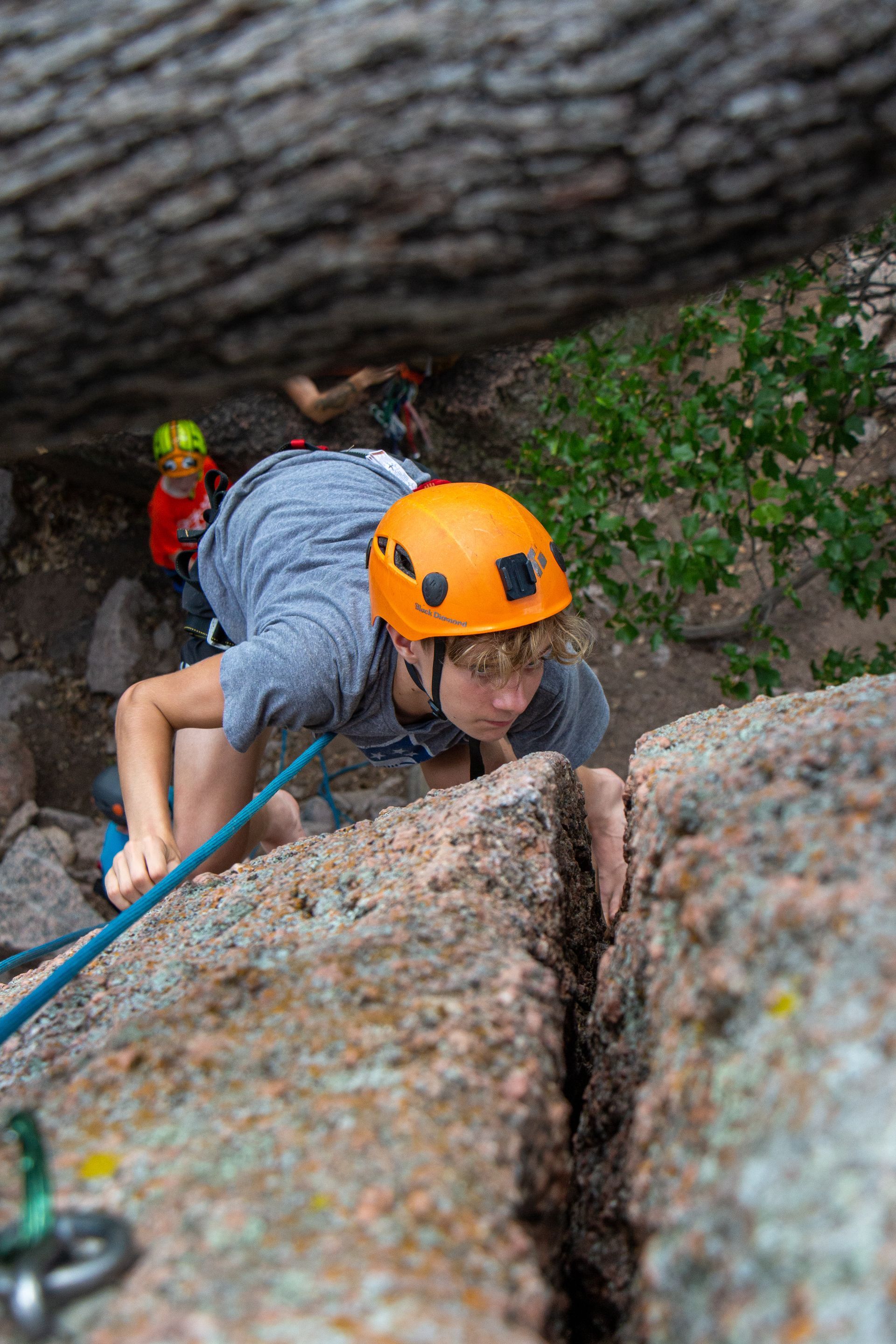
Start Your Journey Here!
General Rock Climbing Rules to Follow
Be mindful of human error.
Climbing equipment almost never fails when it is used correctly. NEVER relax about your protections. ALWAYS be mindful and pay attention. Did you actually do the checks your guide said you were supposed to? Or did you just go through the motions? Be safe. That’s always #1.
Nothing is ever completely safe.
There is risk with everything, but you can make that risk as small as possible. It’s good to have backups, but you usually only need one backup for safety. Don’t feel like you have to go overboard.
Hard on soft, soft on hard.
As a general rule, you want to use carabiners to join slings and ropes. Avoid connecting carabiners directly or having fabric rubbing on fabric. Do not run a rope directly through a sling and put slings together.
Start Your Journey Here!
Avoid These Common Climbing Mistakes
Don’t take your brake hand off the rope when you are belaying
Do not use a very obviously worn out piece of gear
Skipping the pre-belay buddy check and getting too comfortable
Belaying off a harness gear loop (PLEASE DON’T DO THIS)
Trying to climb when your head is trying to deal with fear and pain (you’re not a coward, you’re being safe – you can always come back)
DO practice new climbing techniques while you on the ground, NOT when you’re high up in the air

Climb Responsibly and Enjoy the Journey
Be Kind to Others and the Environment... Have Fun!
First off, do not leave trash when you’re climbing outdoors (or in the climbing gym, too). Remove trash if you see it! Be the bigger person and help us get rid of finger tape, food waste, and keep our earth clean. Pick up after yourself please!
Secondly, be kind to others. Talk out any conflicts with others, and if you’re having trouble, move on to a different climbing route. It’s not worth it to get in a conflict with others, the route isn’t going anywhere and you’re the bigger person, remember?
And if there are non-climbers that are hanging out, be good to them. They have the right to this space too.
Lastly, have a TON of fun!






